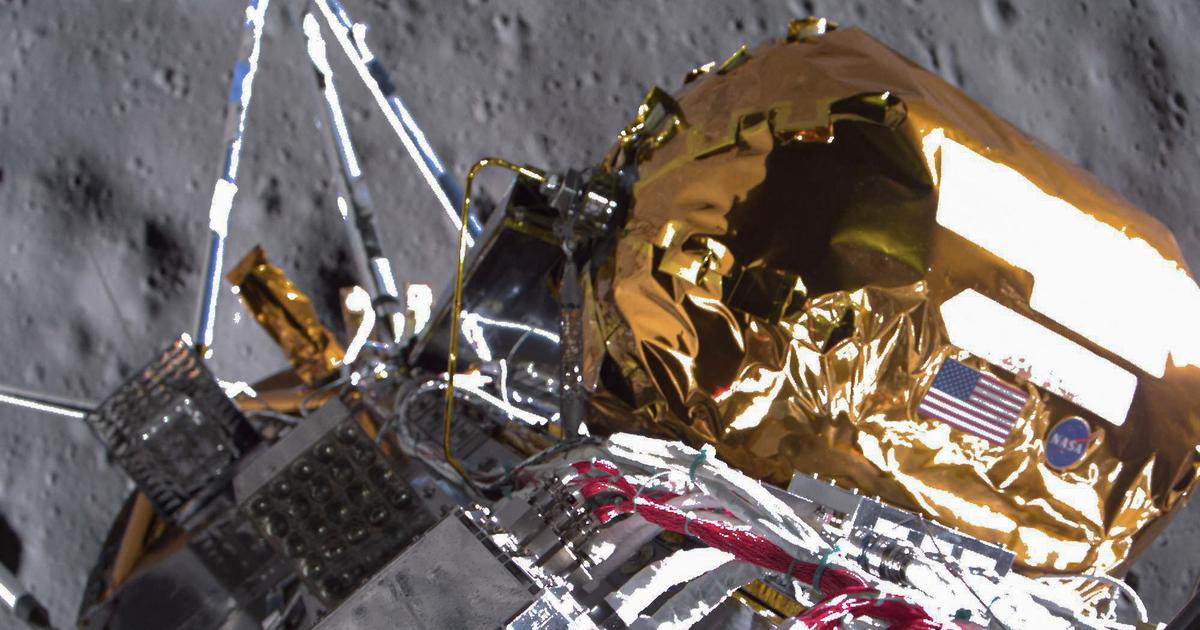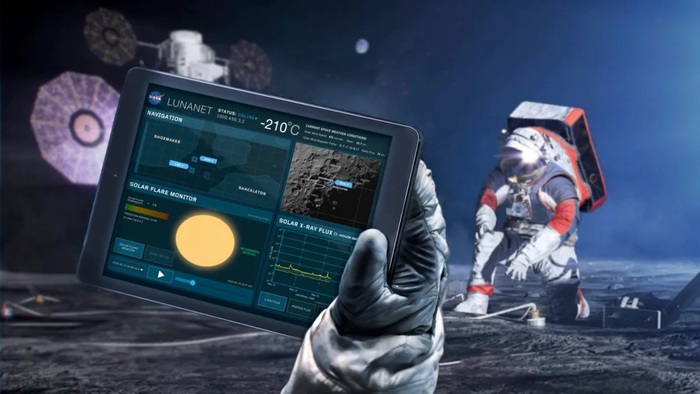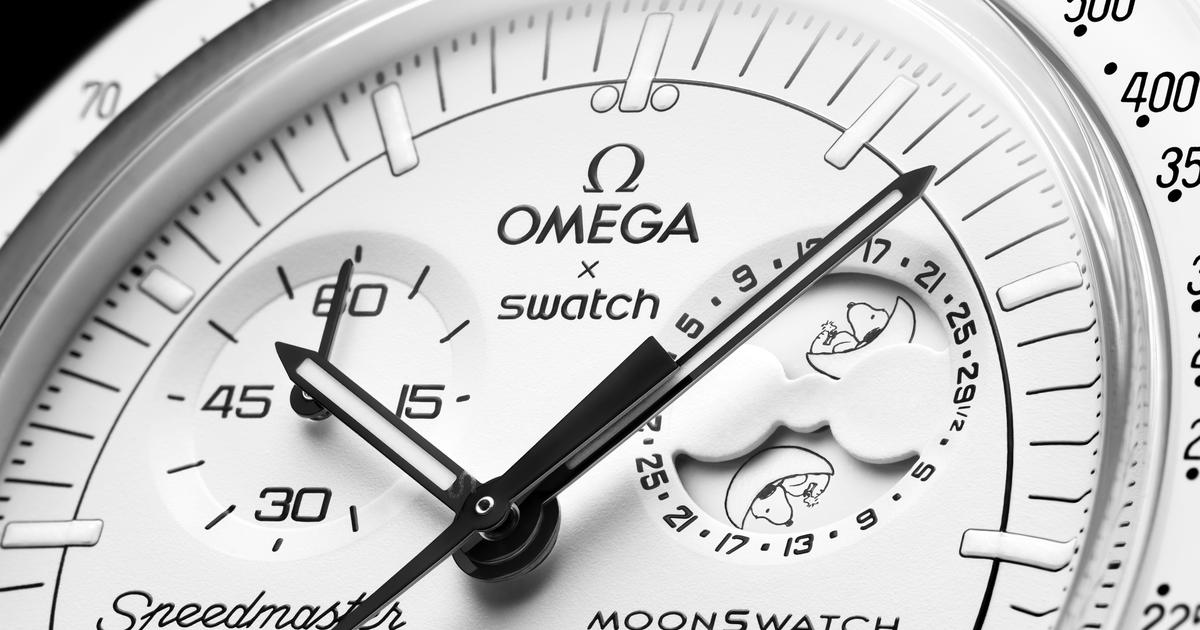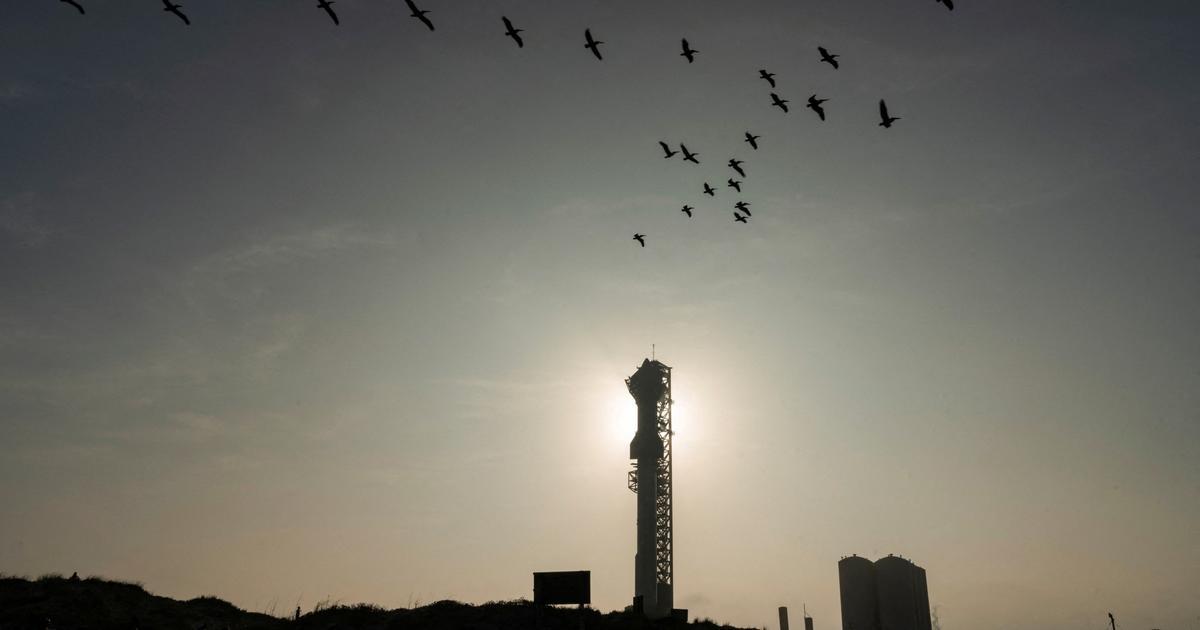The Moon has never had an hour independent of the terrestrial.
Each lunar mission has been assigned its own particular time, always linked to the Earth zone known as Coordinated Universal Time (UTC), which is equivalent to one or two hours more than the Spanish peninsular time depending on the time of the year.
An imprecise, inefficient and unapproved method among the ships that visited the satellite.
Something that the European (ESA) and American (NASA) space agencies want to improve, as a decade of renaissance in space exploration approaches.
“We are living in an extraordinary moment.
This year, for example, three commercial missions are scheduled to be sent, a paradigm shift in lunar exploration”, says engineer Javier Ventura-Traveset, from ESA, fascinated, who considers it a full-fledged revolution.
Among the objectives already outlined in the space plans: the proliferation of commercial missions from private companies, new national actors (such as India or Japan) and the establishment of permanently inhabited bases before 2030. A more plausible scenario than in previous decades, now that the American agency has even presented the new costumes with which it will walk on the Moon.
Measuring the Moon's time from Earth will always bring precision problems, as Ventura-Traveset, coordinator of ESA's Moonlight initiative, explains: “Due to general relativity, for example two clocks set to the same time same time, identical, one on Earth and the other on the lunar surface, will mark a different time, because lunar gravity is much less than terrestrial, hence the lunar clock is ahead of the order of 56 microseconds per day in the earth".
The space engineer clarifies that "it may not seem like much, but after a while both watches will show different times."
A subtle effect, that a weaker gravitational pull on the Moon causes clocks to run slower,
An independent spindle of the Earth
When more than 50 years have passed since the last manned mission to the Moon, the North American Apollo 17, space exploration once again has the priority of international agencies and the interest of the public.
For the European Space Agency it is a decisive moment in the race of space exploration, and the terrestrial satellite plays a decisive role in the new chapter: dozens of planned missions and even a permanent station that orbits the Moon constantly and, in ten years view, the decided goal of sending Europeans to land on it.
We live in an extraordinary moment, there is a revolution on the Moon
Javier Ventura-Traveset, ESA
The more than 12 manned space missions that are calculated for the next few years pose logistical challenges that range from the technological to the philosophical.
An independent time zone for the earthling forces us to answer a question, apparently simple, but very complicated: what time is it on the Moon?
In a recent congress held by ESA in the Netherlands, the lunar spindle began to be defined with the aim of improving interoperability between satellites from different agencies and coordination.
Ventura-Traveset explains that this seeks to develop its own satellite geolocation navigation system, LunaNet, a system similar to the American GPS or the European Galileo, as the agency explains in its document, a "selenistic temporal framework".
The idea is that, starting in 2024, ESA and NASA will place four strategic satellites on the Moon, each with its atomic clock, the most accurate measurement model to date, to triangulate the position and the time it takes for the moons to arrive. signals to each one, and thus agree on an official time.
Artist's rendering of the LunaNet concept.NASA/Reese Patillo
The ESA Moonlight project led by Ventura-Traveset aims to retire the communication method used until now: each space probe or lunar manned module with its independent time had to send its radio signals back to terrestrial antennas, to then return to the satellite .
A useful system, despite the fact that it is an infrastructure that will not be enough, according to the space agency itself.
With the scenario of space exploration that is drawn on the horizon, the multiple ships working simultaneously on the Moon pose a problem, beyond the microsecond
lag
present in all emissions, as well as their lack of precision to position themselves via moon satellite.
The improvement of communication is what Ventura-Traveset bases itself on to describe the importance of its initiative: "The fact of having communication and navigation on land has been an extraordinary multiplier of our economic activity", more than 10% of the GDP of the European economy, “and the same can happen on the Moon”.
“The possibilities for new applications are enormous: for example, being able to have permanent lunar settlements”, he sums up.
The ESA engineer stresses the value of the new space economy, the services that private companies have been offering in recent years, since at "low cost" they allow scientific instrumentation to be brought to agencies, universities or other private actors.
Thanks to this, Ventura-Traveset already glimpses the future: "Europe's great dream is to have an astronaut on the lunar surface before 2030. That is the goal, and having a permanent communication and navigation infrastructure is an essential step for it".
The value of measuring time
Since the beginning of time, measuring time has been essential.
The Mayas of the Yucatan believed they could actively control its flow, and in Asia it was vital for maritime navigation millennia ago.
At the end of the 19th century, to organize the departure and schedule of trains in Paris, but it is also now in the modern economy: to coordinate international flights, the logistics of transatlantic shipments, satellite telecommunications, for
streaming
or geolocation on our mobile.
Although defining what time is is not easy: "Until Einstein arrived a century ago and revolutionized our concept of time, time was thought to be a compact block, an absolute! It was referred to as God's time, a system that never changed”, affirms the cosmologist Jonás Chaves-Montero.
Chaves-Montero, a researcher at the Institute of High Energy Physics (IFAE), studies gravity: “When time really began to be understood, it was with the theory of relativity, which deals with time and gravity, that explains all the phenomena we know: where you are, the mass, for example, on a planet like Earth, affects the passage of time;
a bigger one, even faster”.
Hence, the time on the Moon slows down and affects technology, since the devices, when positioning, move within the microsecond and precision is vital for the correct future of space missions. .
Chaves-Montero believes that the space initiative to adapt to lunar time stems from a deep "knowledge of physics and how to implement it."
Tracy Caldwell Dyson (NASA), looks at Earth through the cupola of the International Space Station (ISS), in September 2010.NASA
The photographs of galactic constellations from the James Webb Space Telescope, in addition to being impressive, show that there is no "now" in cosmology.
"We never see the present, we have images of what the universe was like as a baby 300,000 years ago, the maximum that light allows us, a superprimitive moment and there is the cosmic microwave background, beyond that it becomes opaque," Chaves-explains. Huntsman.
For the researcher, looking at the cosmos is a window to the past, a gigantic conceptual change: “If you look at your hands, the Moon or the Sun, there is always a lag of microseconds up to minutes, and in the case of galaxies we are talking about millions of years, how long the further we look, the further we see in time;
The universe is a time machine.
Hence, any navigation system must take into account temporary imbalances.
Another of the counterintuitive paradoxes that manned missions on lunar soil will face is the definition of a “day”.
The satellite takes 29.5 days to go around itself, but the biology of the lunar landers will continue to be the same, 24 hours.
Due to physiological needs, Earth days will always be important, even if we change our immediate context to a satellite or another planet: "We have predetermined circuits that work cyclically and with more or less periodicity, such as heart rate or hormonal regulation" , details the biologist Luis Martínez, from the Alicante Institute of Neurosciences.
This CSIC neuroscientist draws a similarity to how it currently occurs on the International Space Station (ISS), with some 16 sunrises in a 24-hour human cycle.
To avoid problems derived from insomnia and diseases caused by poor rest, they have schedules to adjust to the Earth's circadian rhythm.
Martínez reflects on whether another vital rhythm will be possible for
Homo sapiens
: “After 3 days of travel or 500 days of space mission, we will continue to be undeniably human due to millions of years of evolution, somehow they will have to complete a night/night cycle. day".
You can follow
MATERIA
on
,
and
, or sign up here to receive
our weekly newsletter
.

/cloudfront-eu-central-1.images.arcpublishing.com/prisa/VUGLYREMTJG37EFGUSMTPN7J2Q.jpg)







